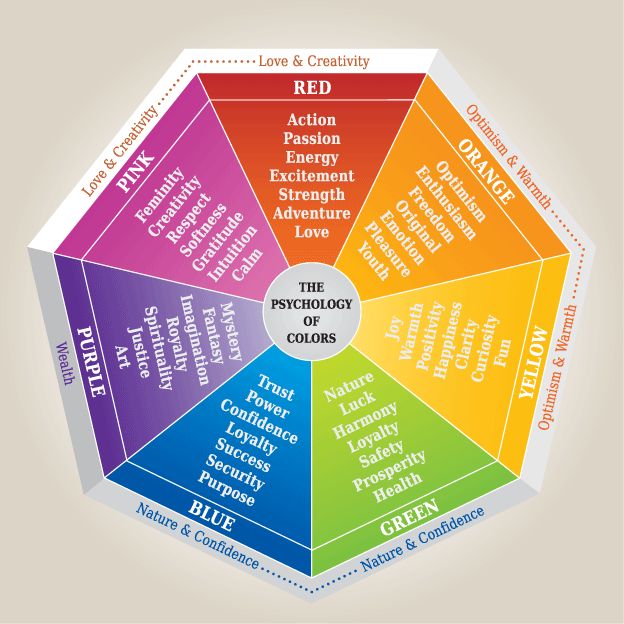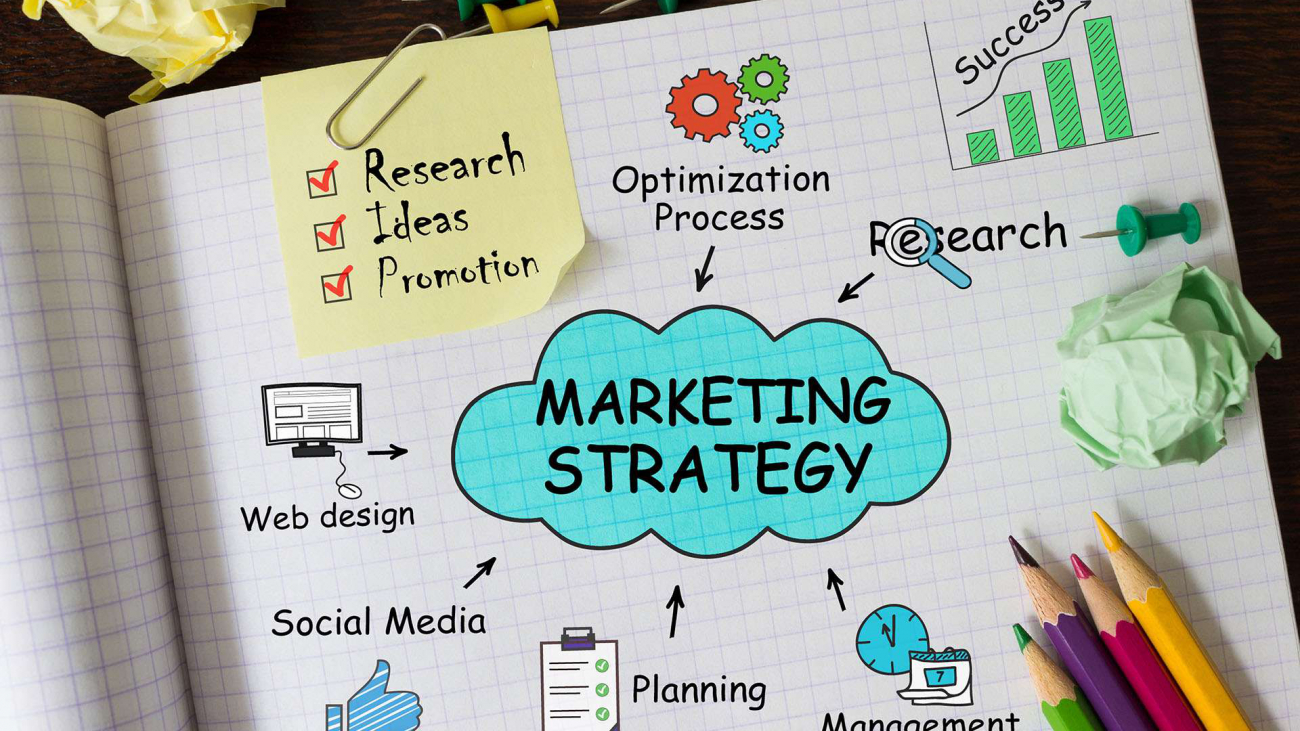The task of choosing colors to use for your website scheme is crucial (and sometimes scary!) for any level web designer due to the complexity and importance of its job.
Colors are the first impression and the backbone of your projected impression for visitors, and should closely match your business theme.
But how do you do that?
The answer to this question is not a quick and easy one, so we’ve written this blog to help point you in the right direction and try to guide you along the sometimes bumpy way.
We’ll address the top aspects of choosing appropriate color schemes for your individual website and brand, helping you to make the best choices possible.
Choosing the right colors will provide a harmonious environment for potential clients, but choosing bad color combinations can look like a bad hair day to the enth power! It will create chaos and ultimately drive people from your business. We definitely don’t want to do that for anyone.
So grab your color palate and let’s get started!

Choosing The Right Colors For Your Website and Brand
The first step in any design plan is to choose your primary color.
The primary color is typically the main color used in all logos and branding, as well as for your website color scheme and highlight areas.
This is the color people might see that makes them think of you. A good example of that would be Whole Foods Market. They use green on a white background and keep in mind it is always the same green, so writing down your chosen Color Codes (both hex and RGB) is crucial to ensure consistency at all times and with all creations. But which colors make sense for your business and what do they generally mean?

Here’s a quick guide to general colors and their typical personalities (keep in mind there are varying hues of each color):
Green
Overtones: wealth, health, tranquility, nature, growth, freshness, earth, sincerity, wisdom
Actions: healing power, suggests stability and endurance, beneficial to mind and body healing, slows metabolism producing a calming effect Brand Examples: Whole Foods Market and Animal Planet TV
Yellow
Overtones: youthfulness, optimism, happiness, honor, loyalty, intellect, energy
Actions: produces a warming effect, stimulates mental activity, generates muscle energy, indicates honor and loyalty, attention-getter
Examples: National Geographic and Best Buy
Orange
Overtones: friendliness, enthusiasm, creativity, joy
Actions: combines energy or red and happiness of yellow, gives a sense of sunshine and the tropics, creates encouragement and stimulation
Examples: Payless Shoe Source and Harley Davidson
Red
Overtones: passion, energy, urgency, excitement, vibrancy, danger, determination
Actions: enhances metabolism, increases respiration rate, raises blood pressure, attracts more attention than any other color
Examples: Kmart and Coca-Cola
Pink
Overtones: femininity, sweetness, innocence, fertility, romance
Examples: PINK by Victoria’s Secret and Barbie
Purple
Overtones: royalty, wealth, success, wisdom, ambition
Actions: combines the stability of blue and energy of red, conveys wealth and extravagance, associated with wisdom, dignity, independence, mystery, and creativity
Examples: Qatar Airlines and Crown Royal
Blue
Overtones: trust, security, stability, peace, calm
Examples: American Express and Dell Computers.
White
Overtones: light, goodness, innocence, purity, virginity
Actions: signifies safety, purity, and cleanliness, has positive connotations, represents a successful beginning, considered the color of perfection
Examples: No singular example as white is often a background choice in logos and schemes
Gray
Overtones: neutral, simplicity, calm, futuristic, logic
Examples: Apple Computers and Mercedes Automobiles
Black
Overtones: luxury, power, sophistication, elegance
Actions: denotes strength and authority, considered formal and elegant, can be a symbol of grief, a color of mystery
Examples: Rolls Royce and Chanel

With the above general ideas of colors and their meanings in mind, which ones make sense for your brand, or how you’d like your visitors to feel when they visit your site?
You want the colors chosen to POP, above all else, and to really highlight where you want your visitors’ focus to be.
With that in mind, it’s good to know the best places to use them. Color has the ability to attract a lot of attention, so you may not want to use it everywhere, just in key places like your logo.
Within your website, these colors should highlight call-to-action areas and any clickable buttons, menu tabs, and titles or headlines on your various pages.
Another important color choice is the accent color. This color must complement your primary color to aid in giving it support and adding some extra oompf.
Don’t be intimidated by trying to match your color choices well. Sure, it’s not easy, but with a good general understanding of color theory, you’ll do just fine.
A great shortcut that can be used is this fabulous FREE color matching tool by Adobe to help you feel like a pro: Adobe Color CC!
It may look complicated, but it’s really very simple to use and will make finding your complimentary color(s) a breeze.
Things to keep in mind for accent colors are:
- They should not serve to be a main focal point, but only to compliment so that your primary color pops well.
- Try not to use more than 2 accent colors. Too many colors will create a diluted primary color, which is not the goal. It will serve to confuse visitors and create that hectic feeling you want to avoid for them.
- Use accent colors for your menu tab links, subtitles, and secondary information sections.

Now for the all-important background color!
Picking a background color for your website is much like choosing wall colors for the interior rooms of your home.
The goal is to choose wall colors to make any given room feel good and soothing so that you want to spend time in there. But you don’t want it to be boring so that the room feels void.
Strive to make your background color a comfortable browsing environment like any inviting room might be. Choose based on the general theme of your business.
Further Color Tips For Better Conversions
As we’ve discussed, colors can be tricky to fine tune!
You want to use them right for your project and also for your audience in order to fulfill your purpose. THAT is the tricky part and it’s multi-faceted.
Here are key results found from various studies conducted on the topic of Color Psychology.
These points can serve as tips in your quest to choose the very best possible colors for your particular purpose:
- Gray, orange, and brown are surveyed female deterrents. It seems they prefer blue, purple, and green.
- Purple, orange, and brown are frowned upon by most men, but they do seem to like blue, green, and black.
- BLUE cultivates trust for both genders.
- GREEN is ideal for environmental statements/products.
- ORANGE is FUN and can create impulse (good for selling things)!
- BLACK adds a sense of luxury and value.
While there is clearly no one-size-fits-all when it comes to color choosing for all audiences, the points listed in this blog can at least give you a deeper understanding of the possible impact of the choices you do make on them.
We hope that these tips and general guidelines will help provide a place to start and a format to follow when choosing the best colors for your venture!
Would you like some help choosing your colors? We are happy to help!
















